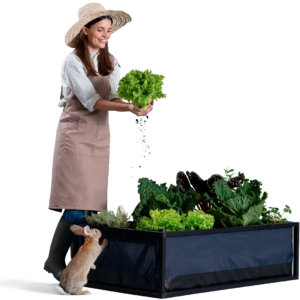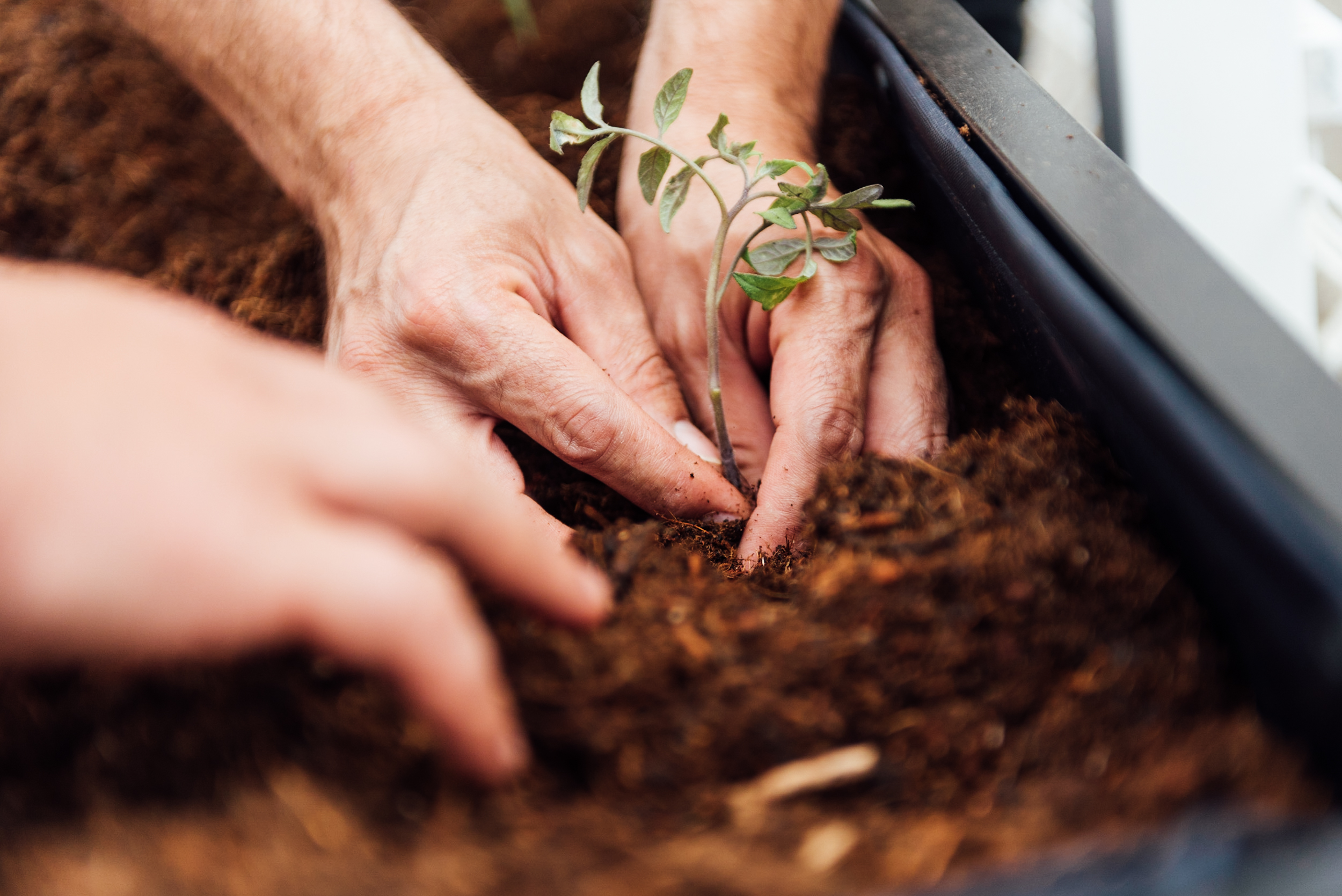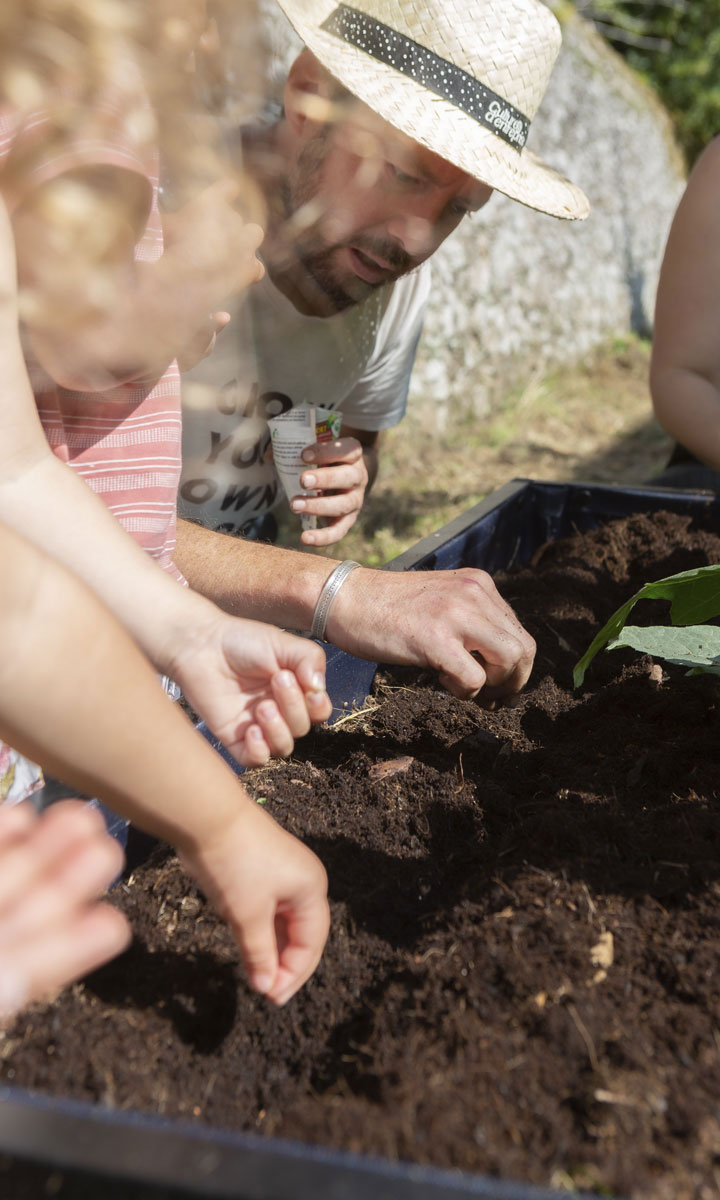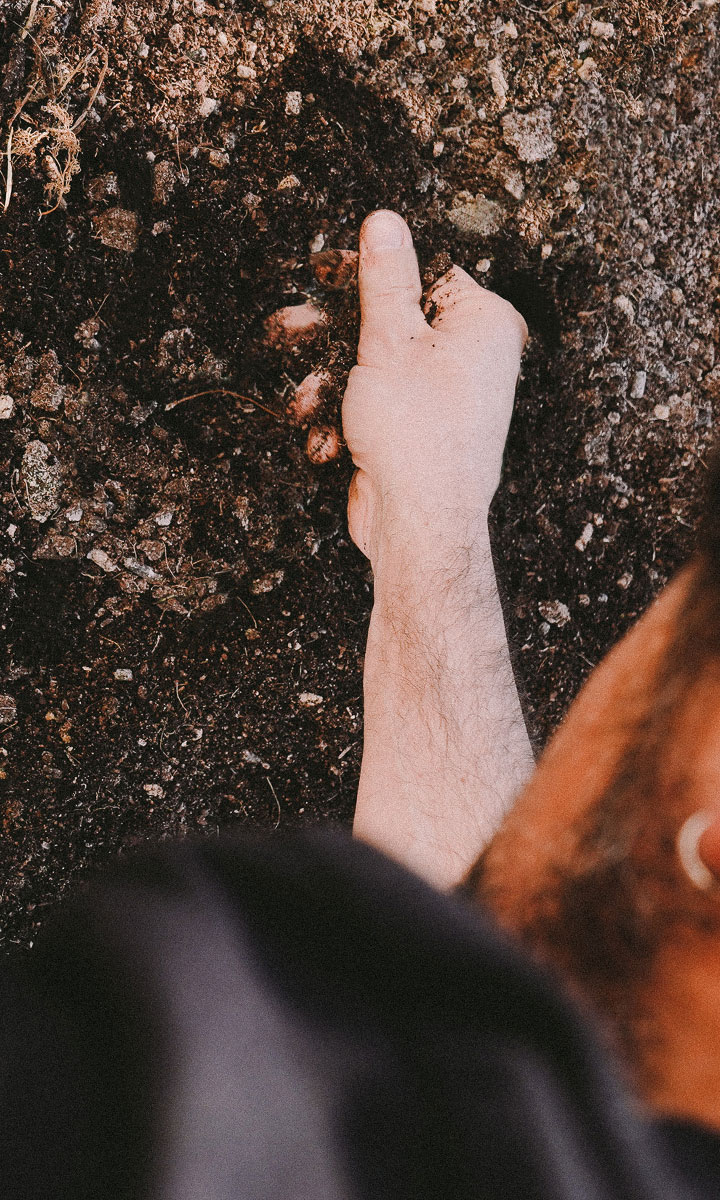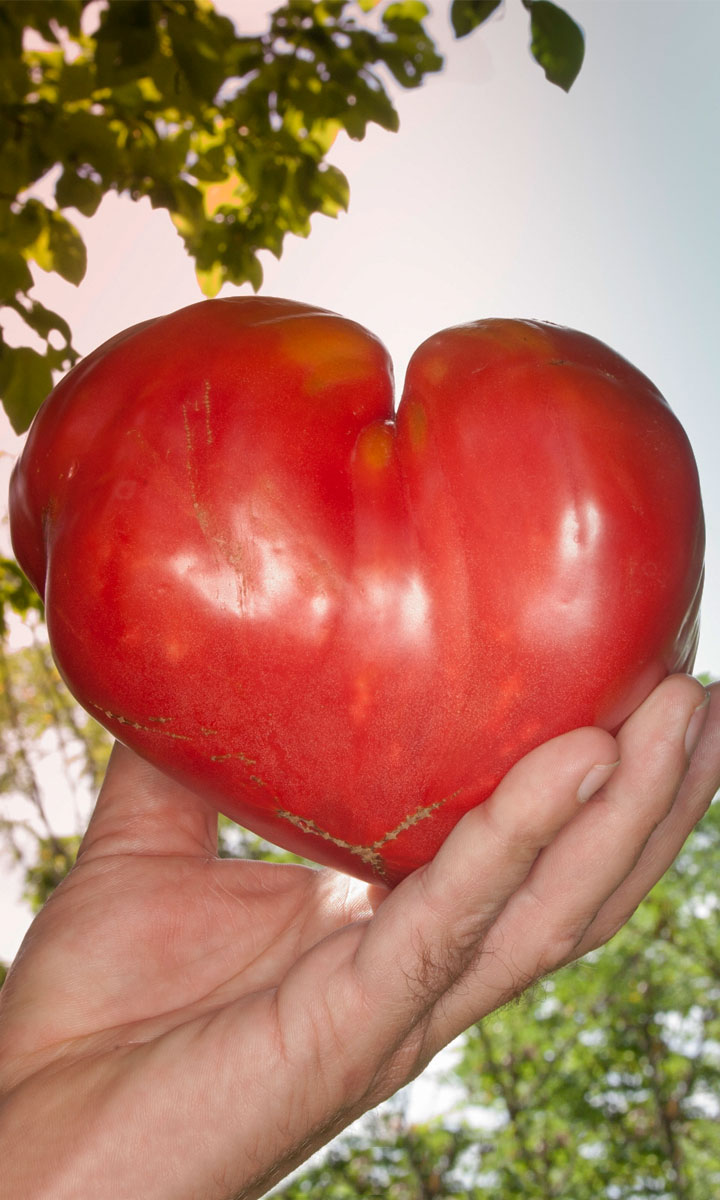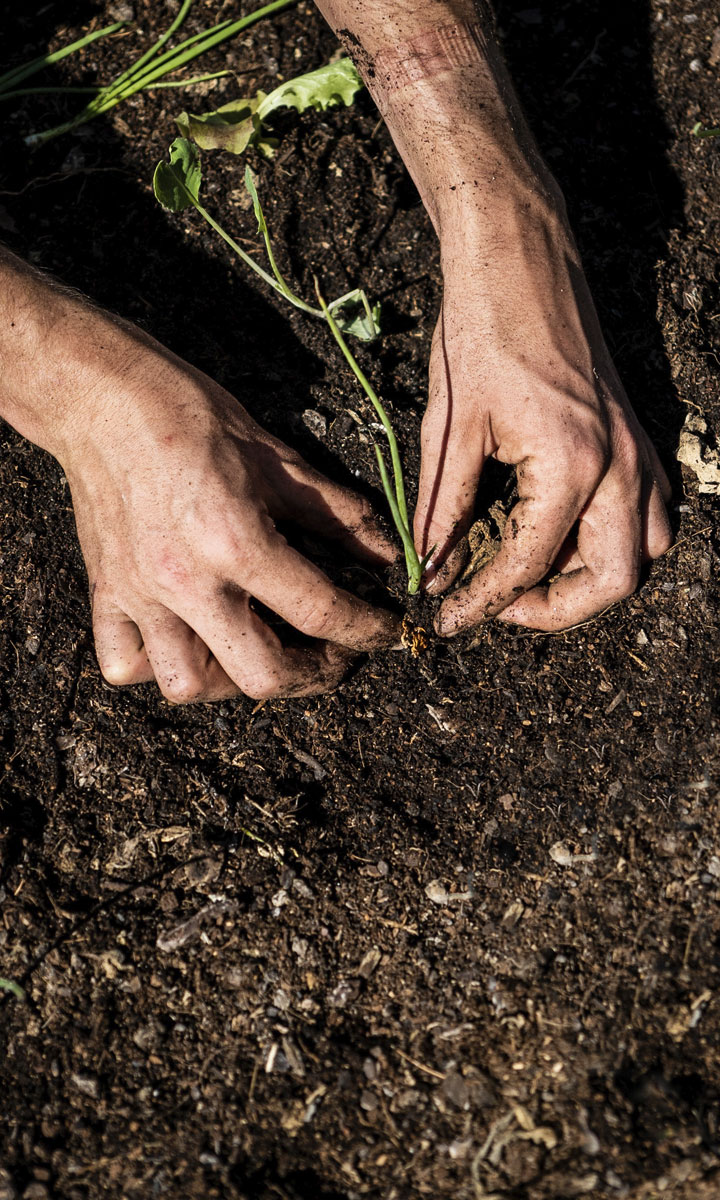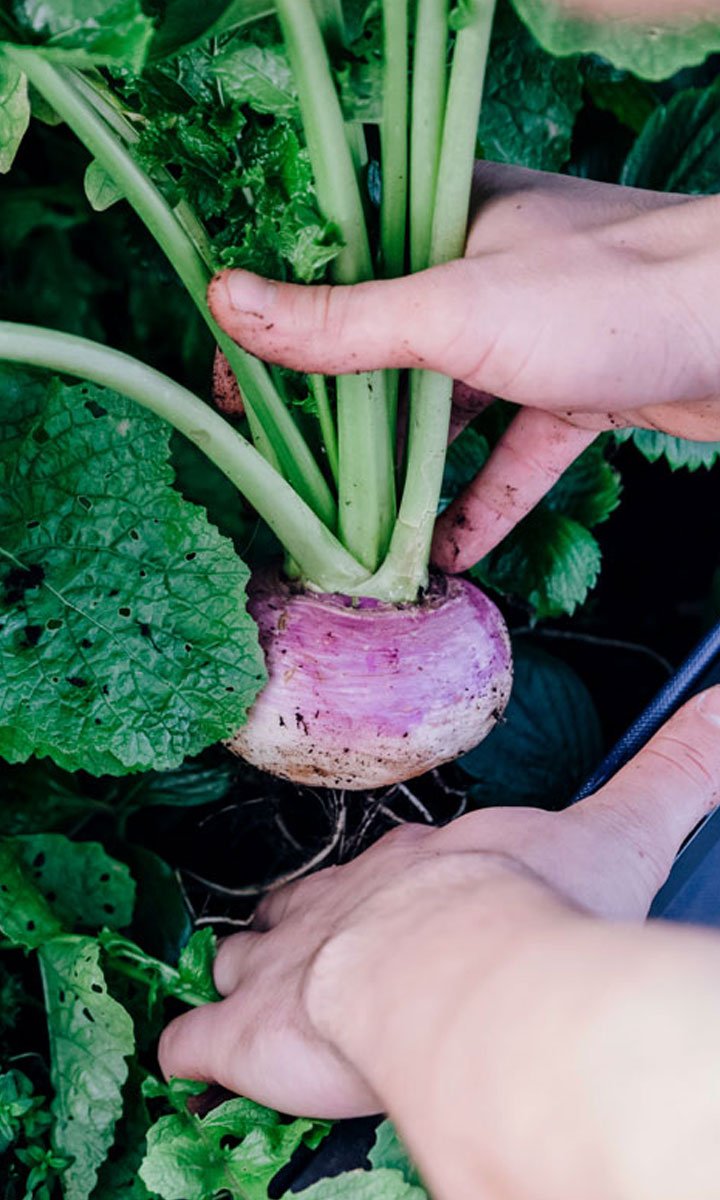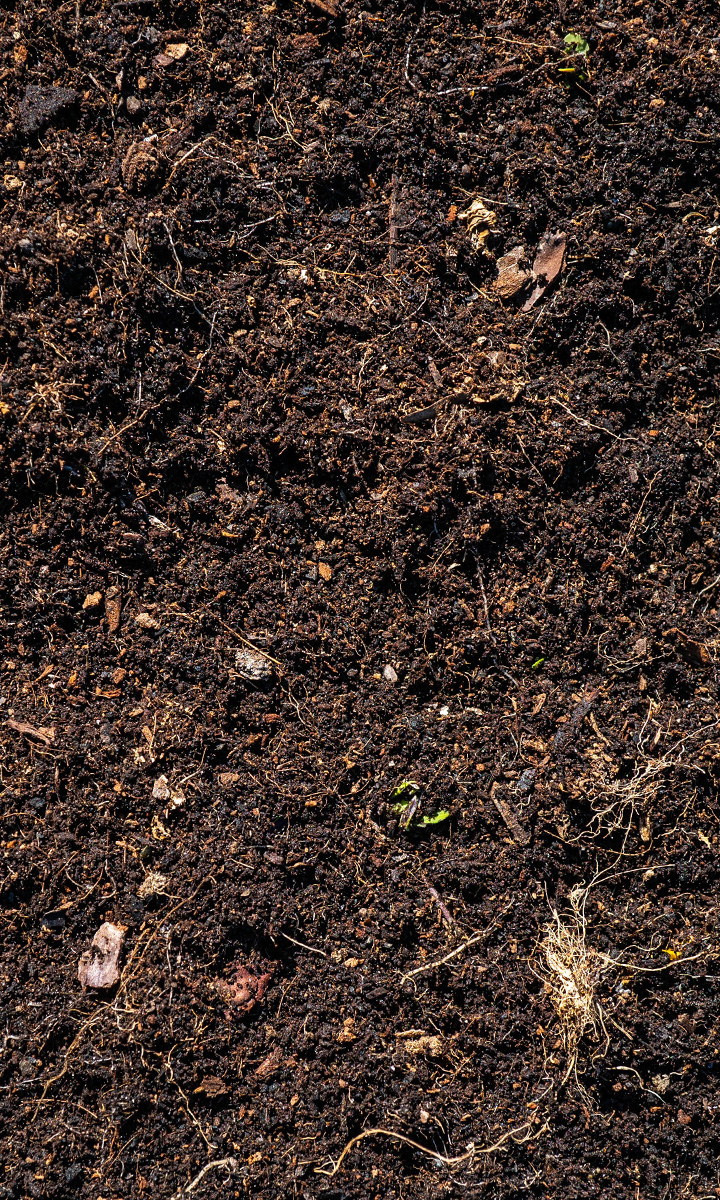Menu
Tips for planting lettuce in your garden.

Henrique Dias
Webmaster
If you want fresh, crunchy, delicious lettuce this summer, now is the perfect time to plant it. Lettuce has an especially strong ability to absorb pesticides, so if you grow yours according to organic agriculture guidelines, they will not only grow to be more flavourful, but also healthier. When we picture lettuce, we usually picture long, broad leaves — but there are several fun varieties that might just surprise you. Let’s get our hands dirty and plant some lettuce this season!
What you need to know before planting lettuce.
Lettuce is a crop that you can grow in the garden all year round if you choose the right summer or winter varieties. While the cold does make lettuce crunchier, it’s in the spring and summer that it will be most flavourful. That said, lettuce can also suffer from too much heat and too little water. Just be careful not to let the soil dry out. The best is to give it nutrient-rich soil with good water retention and drainage. Lettuce also doesn’t handle fresh organic matter very well, so try using a slow-release granular fertilizer, similar to the one supplied in the new fertilizer pack.
Put some sweat into your garden and some lettuce onto your plate!
You can choose from several varieties of lettuce, including Batavia, Marvel of 4 Seasons, May Queen, Devil’s Ears red romaine or even arugula. If you choose to plant seeds, you have until the end of May or mid-June to do so. If you choose to plant seedlings, you can extend your planting season a bit. Ideally, plant it in the morning before the heat creeps in, or even better at the end of the day. Plant the lettuce seeds in a cup, an egg carton, or even directly into your garden bed about 1 cm deep. For seeds and seedlings alike, keep the soil moist by gently watering the surface for the first few days. Keep a distance of about twenty centimeters between each plant to ensure proper growth.
Maintenance and harvest.
To obtain regular harvests, you can plant new lettuce every two weeks. You can alternate the rows of lettuce with tall crops — leeks, onions, celery and Swiss chard all grow well alongside lettuce. Avoid growing parsley and potatoes nearby. You can harvest your lettuce by gradually picking the outermost leaves, or by cutting the plant near its base. Snails, larvae and whiteflies can attack your lettuce crops, but there are always ways to fight them off!
